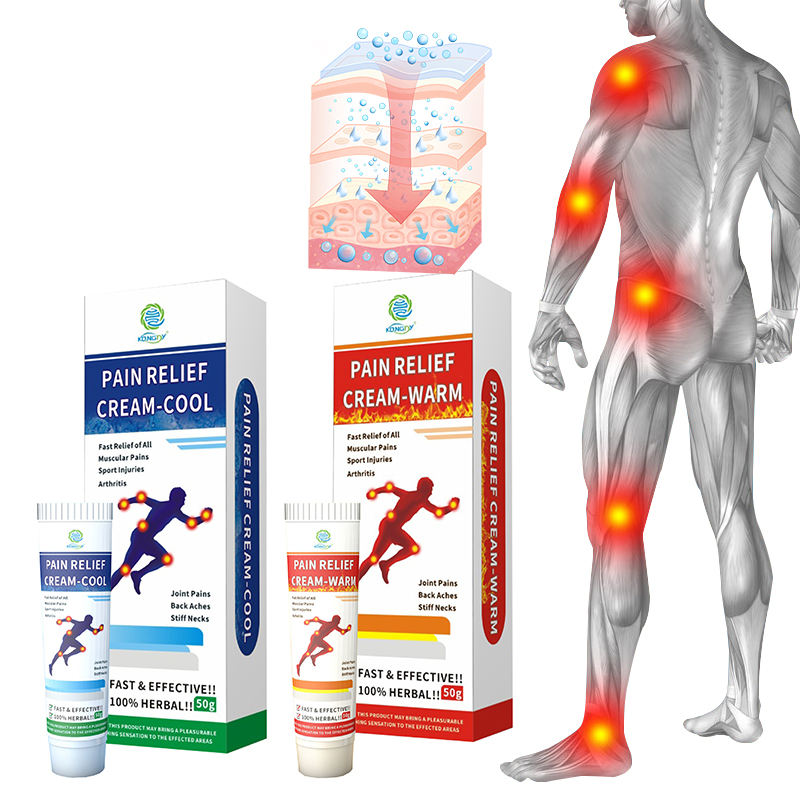Many people use topical Pain Relief Creams to help relieve minor aches and pains. These over-the-counter creams typically contain ingredients like menthol, camphor, or capsaicin that provide a cooling or heating sensation to dull pain signals when applied to the skin. While generally safe when used as directed, there is some concern that chronic, high-dose use of certain Pain Relief Creams could potentially lead to dependence on their pain-relieving properties.
Research suggests that the menthol in popular analgesic rubs like IcyHot and BenGay can activate kappa opioid receptors in the peripheral nervous system. These receptors are involved in mediating pain relief similarly to how morphine activates mu opioid receptors centrally. Repeated, excessive activation of kappa opioid receptors by high-dose menthol could lead to neurochemical changes in the body that promote dependency.

A 2015 review published in the Journal of Clinical Pharmacy and Therapeutics looked at multiple case reports of patients developing withdrawal symptoms when stopping high-dose, chronic use of topical menthol products. Reported withdrawal symptoms included anxiety, cravings, irritability, and worsened pain. These symptoms are reminiscent of withdrawal from addictive substances. However, more research is still needed to definitively show that long-term use of topical analgesics can directly induce a state of physical dependence.
Besides menthol, the local anesthetic drug benzocaine is also an ingredient in some OTC Pain Relief Creams. Benzocaine works by blocking sodium channels in nerves, essentially numbing pain signals. But in high doses applied to large areas of skin, benzocaine can be absorbed into the bloodstream and lead to dangerous methemoglobinemia. There are a handful of case reports describing benzocaine dependence with chronic misuse, though documented instances are rare.
To help minimize any potential risks, consumers should follow dosage directions carefully when using topical analgesic products. These creams are meant for temporary pain relief and should not be used excessively over long periods. High, frequent doses or using Pain Relief Creams over very large surface areas could increase systemic absorption and side effects. Menthol creams in particular should likely be avoided in individuals with a history of substance abuse disorders.
If chronic aches and pains persist despite proper use of OTC analgesics, a physician should be consulted. The doctor can evaluate the underlying condition and offer alternative treatment options like physical therapy, prescription oral pain relievers, or pain-relieving gels containing drugs like diclofenac. Opioid medications for severe pain should be used cautiously and monitored closely given their own high addiction potential.
In conclusion, there is still limited evidence that topical Pain Relief Creams can induce dependence with chronic use. But the pharmacologic mechanisms of ingredients like menthol do suggest it is biologically plausible. Those using OTC Pain Relief Creams should adhere to dosage guidelines and avoid applying them over very large skin areas or for extended periods to reduce absorption and potential risks. More research is still required to better characterize if true addictive behaviors and withdrawal can develop with the long-term use of topical analgesics. However, consumers should be aware that these safety concerns exist and exercise appropriate caution when frequently using topical creams for pain relief.






